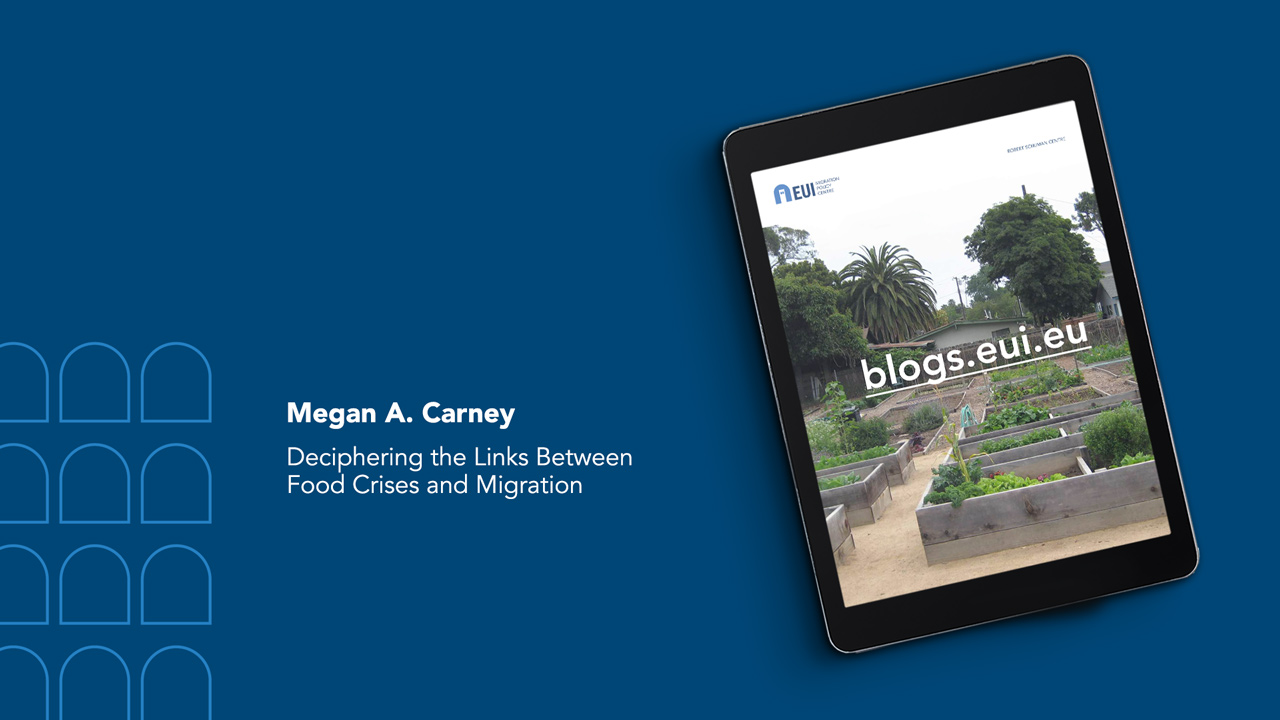With news of the war in Ukraine inducing panic about the future of global food security, especially in the global South, some have been asking, what lessons might we take from the 2008 crisis and apply to the current moment? In considering the validity and urgency of this question, however, we must prioritize integrated policy frameworks that account for the complex, interconnected challenges linking food insecurity to climate change and migration.
The United Nations’ Food and Agriculture Organization recently announced that prices for major commodity foods were at their highest levels ever, owing primarily to food shortages from the ongoing war in Ukraine. Shortly before this announcement, representatives from the UN’s World Food Programme had warned that prices for global food commodities were approximating those spikes last observed during the 2008 global food crisis. In a matter of days, economists and other experts monitoring market trends watched in disbelief as prices of grains, cooking oils, and meats significantly surpassed previous records.
At the time of the last global food crisis, I was researching food insecurity as it compounded with economic precarity in the lives of low-income and immigrant households in the United States. My study site was in southern California, in a region that had historically depended on seasonal labor migration from Mexico to support various industries, including agriculture. However, the post-9/11 environment had brought about a much more militarized approach to border surveillance, thereby severely inhibiting the mobility of transnational households and communities. No longer able to migrate home during the off-season when labor market demands were low, many households were experiencing more regular and prolonged encounters with food insecurity.
This is a part of a blog post by Megan A. Carney.
